Geology Reference
In-Depth Information
Pacific Ocean
Indian
Ocean
Atlantic
Ocean
Deep-focus earthquake
Intermediate-focus earthquake
Shallow-focus earthquake
◗
Figure 8.4
Earthquake Epicenters and Plate Boundaries This map of earthquake epicenters
shows that most earthquakes occur within seismic zones that correspond closely to plate boundaries.
Approximately 80% of earthquakes occur within the circum-Pacifi c belt, 15% within the Mediterranean-
Asiatic belt, and the remaining 5% within plate interiors and along oceanic spreading ridges. The
dots represent earthquake epicenters and are divided into shallow-, intermediate-, and deep-focus
earthquakes. Along with many shallow-focus earthquakes, nearly all intermediate- and deep-focus
earthquakes occur along convergent plate boundaries.
slide past one another rather than converge. The October 17,
1989, Loma Prieta earthquake in the San Francisco area
(Figure 8.6b) and the January 17, 1994, Northridge earthquake
(Figure 8.6c) occurred along this plate boundary.
The second major seismic belt, accounting for 15% of all
earthquakes, is the
Mediterranean-Asiatic belt.
This belt extends
westward from Indonesia through the Himalayas, across Iran
and Turkey, and westward through the Mediterranean re-
gion of Europe. The devastating 1990 and 2003 earthquakes
in Iran that killed 40,000 and 43,000 people, respectively; the
1999 Turkey earthquake that killed approximately 17,000; the
2001 India earthquake that killed more than 20,000 people;
Tonga
volcanic arc
Tonga
Trench
Oceanic
lithosphere
TONGA
ISLANDS
0
AUSTRALIA
200
Magma
NEW ZEALAND
Oceanic
lithosphere
Mantle
400
Earthquake
focus
600
◗
Figure 8.5
Benioff Zones Focal depth increases in a well-defi ned zone that dips approximately
45 degrees beneath the Tonga volcanic arc in the South Pacifi c. Dipping seismic zones are called
Benioff
or
Benioff-Wadati
zones.
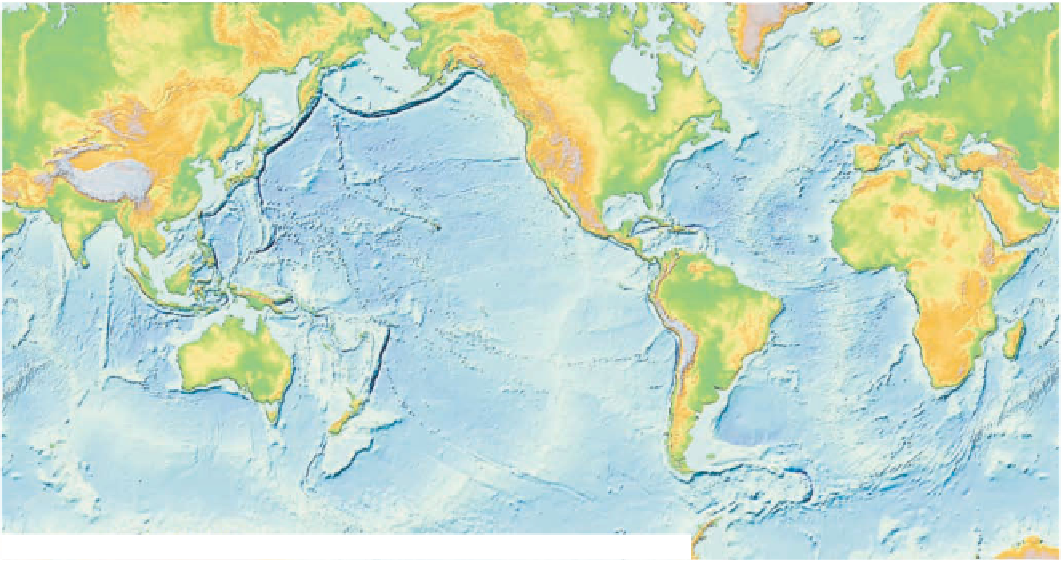






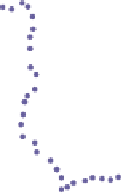














































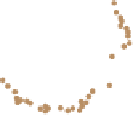














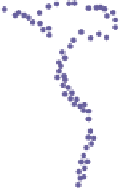
































































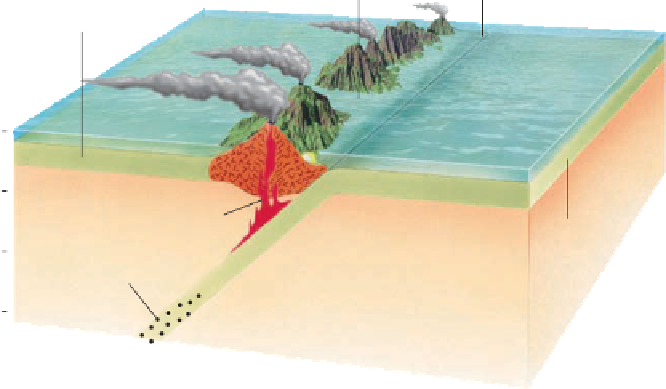



Search WWH ::

Custom Search